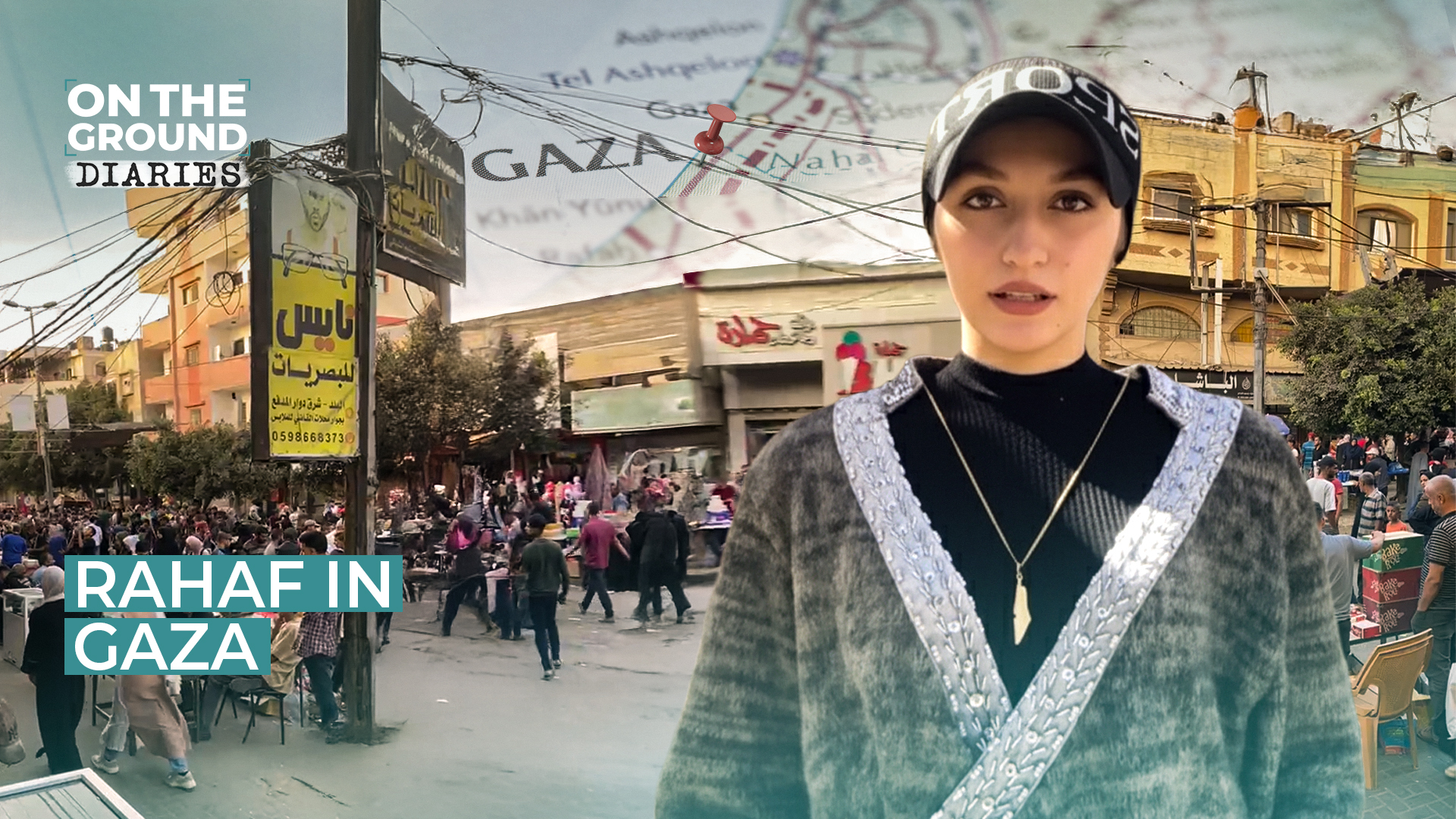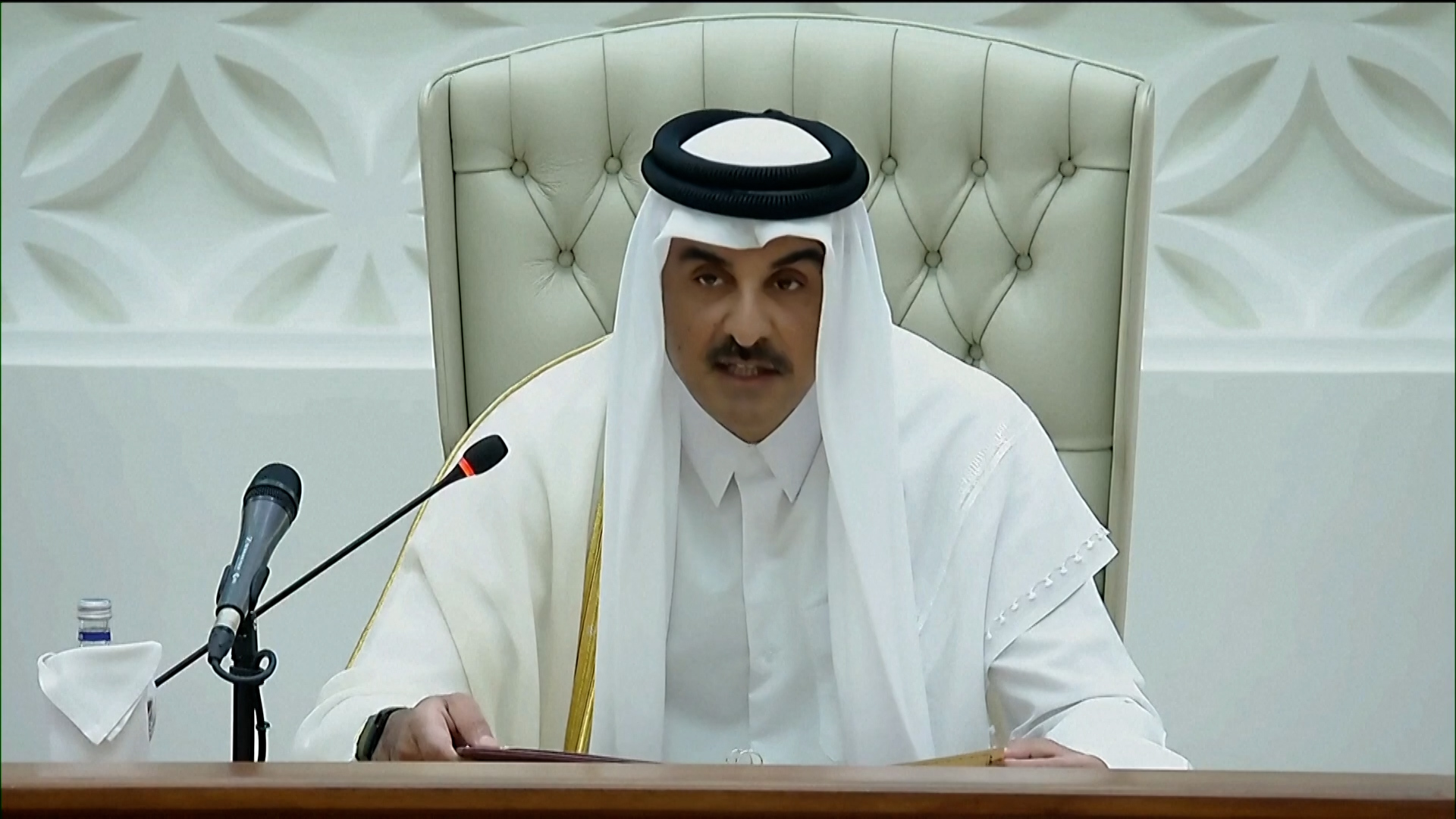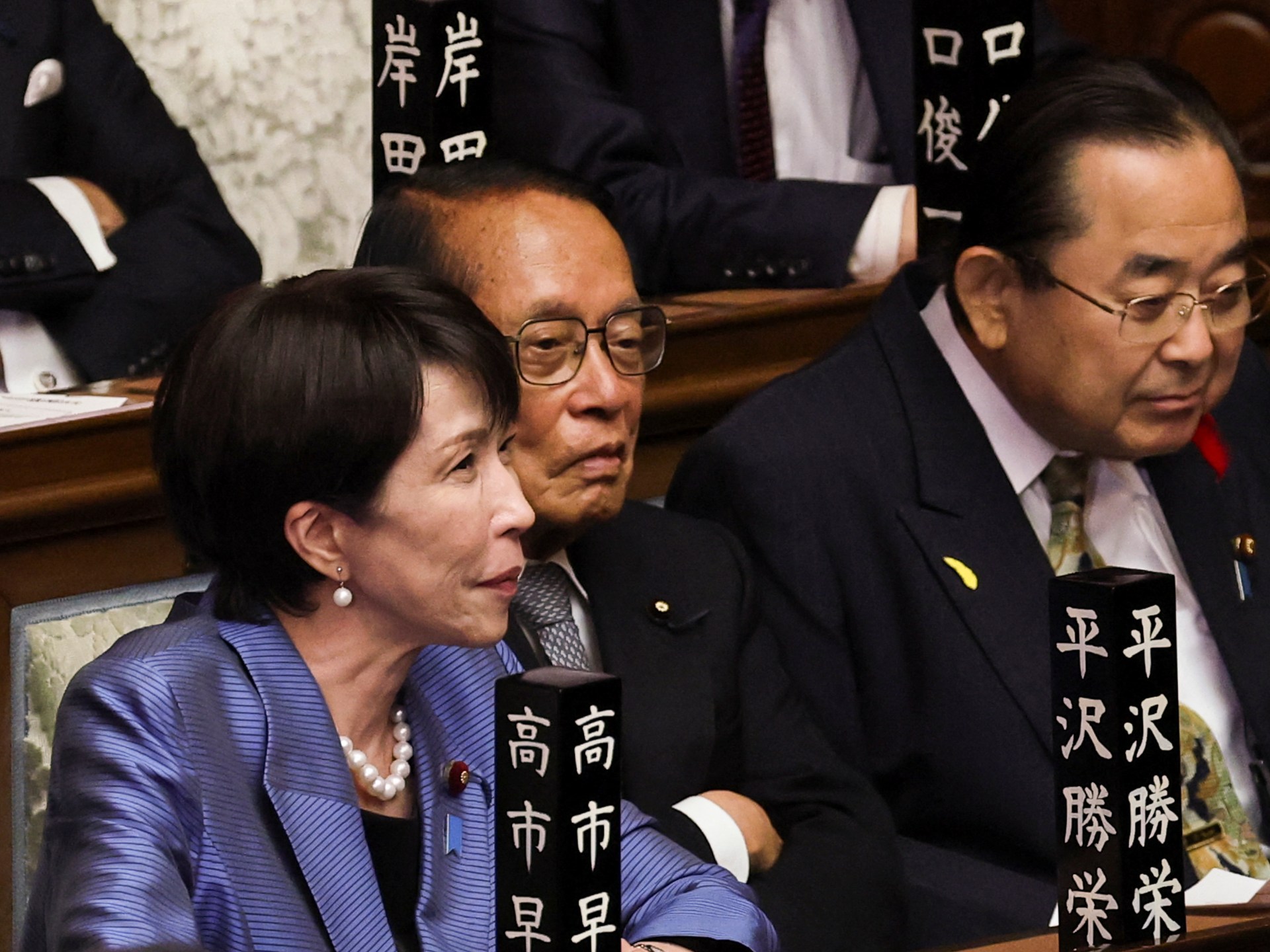Authorities in Poland have arrested eight individuals across the country on suspicion of espionage and sabotage.
In a brief statement on social media, Polish Prime Minister Donald Tusk said on Tuesday that the case is developing and that “further operational activities are ongoing” without providing further details.
Recommended Stories
list of 3 itemsend of list
The detentions come amid accusations that Russia is operating a network of spies and saboteurs across Europe.
Referring to the prime minister’s post, the coordinator of Poland’s special services, Tomasz Siemoniak, said that the detained people are suspected of engaging in espionage and planning attacks.
They were arrested due to “conducting reconnaissance of military facilities and critical infrastructure, preparing resources for sabotage, and directly carrying out attacks”, he said.
While Warsaw has not directly linked the arrests, officials have said previously that Poland has been targeted with such attacks in a “hybrid war” waged by Russia to destabilise nations supporting Ukraine.
Several other European countries have also pointed the finger at Moscow as they have suffered similar attacks since Russia launched its full-scale invasion of Ukraine in February 2022.
Polish authorities have detained dozens of people over suspected sabotage and espionage over the past three years or so.
Moscow denies the accusations, insisting that they are the result of “Russophobia”.
In May last year, Polish authorities arrested three men for an arson attack. In September, Lithuanian prosecutors broke up a network that they said planned arson and explosive attacks in several European Union states.
The same month, Latvia’s security service announced the detention of a man suspected of passing military intelligence to Russia, and British police arrested three people suspected of running sabotage and espionage operations for Russia.
The United Kingdom has also repeatedly accused Russia of orchestrating sabotage and spy operations on its soil and beyond. The Kremlin has accused London of blaming Moscow for “anything bad that happens”.
Drones increasing concern
This autumn, drone incursions have added to the European security concerns, with Belgium, Denmark and Germany among several countries reporting sightings.
The incursions provoked airport closures in both Germany and Denmark.
“We are at the beginning of a hybrid war against Europe,” Danish Prime Minister Mette Frederiksen said. “I think we are going to see more of it … We see the pattern, and it does not look good,” she added.
Tusk pledged to urgently upgrade Poland’s air defences after NATO forces shot down several drones over his country last month.





